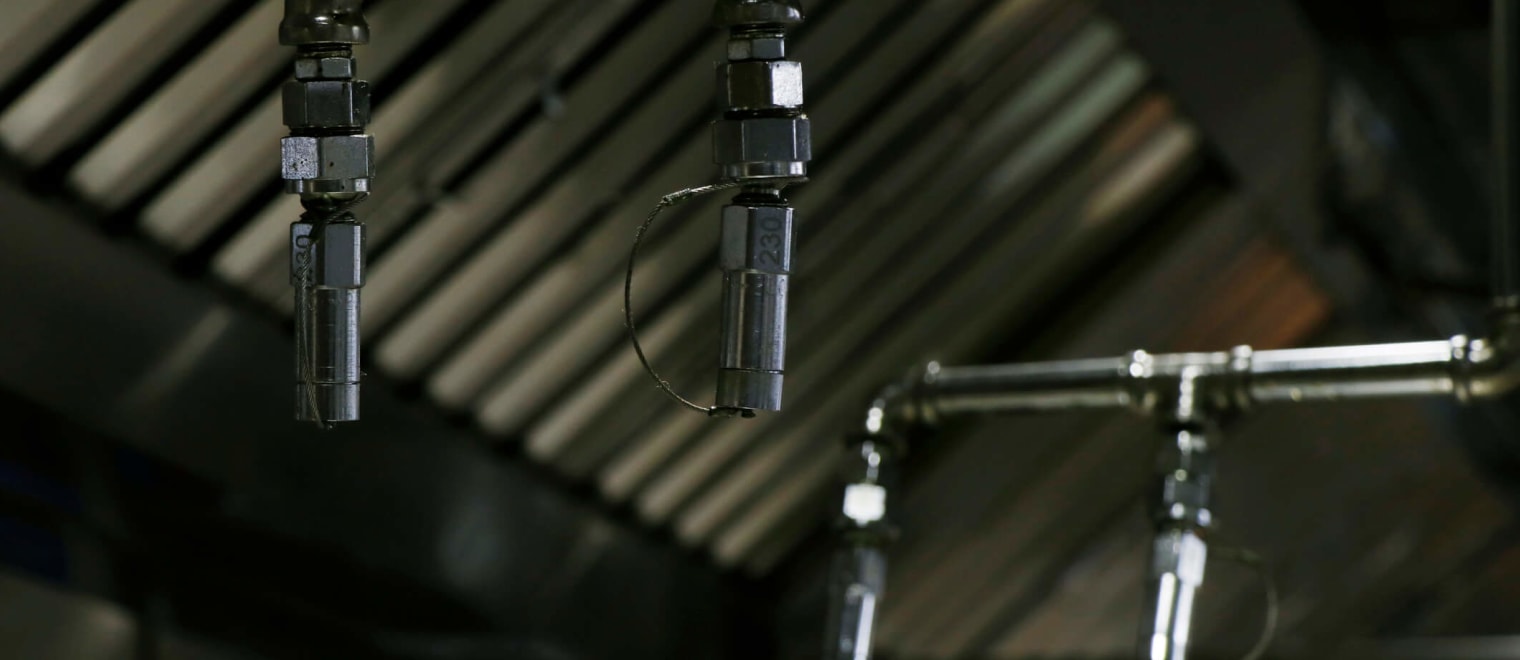This informal CPD article, ‘UK Warehouses: Why such a high sprinkler threshold compared to the rest of Europe?’, was provided by Iain Cox, Chair of the Business Sprinkler Alliance (BSA), established in 2010 as an alliance of fire safety professionals working to protect UK plc against fire.
Introduction
When the height threshold for sprinklers in new-build residential buildings was lowered in 2020 to 11m across Great Britain, it became a front-runner in European fire regulation. However, the same cannot be said for fire safety guidance in warehouses. Unfortunately, the wider UK lags far behind its European counterparts, with warehouse sprinklers only recommended for enormous areas ranging from 14,000 to 20,000m2 under current guidelines. This article sheds light on the significance of business resilience and continuity and also highlights how European guidance levels ensure better preparedness to recover from devastating fires that pose threats to businesses and economies.
UK Warehouses: Why such a high sprinkler threshold compared to the rest of Europe?
The UK is very relaxed when compared to sprinkler requirements in other European countries where, on average, sprinklers are guided or required in industrial warehouse compartments greater than 4,000m2 in size. The remit of the Fire Safety Building Regulations (FSBR) is largely like that of the rest of Europe with a focus on ensuring the safety of occupants in the event of fire, access for firefighters and limiting the spread of fire between buildings. Yet such large compartments without sprinklers are not countenance in most parts of Europe.
Generally, throughout Europe, a fire is seen as a ‘success’ if all occupants evacuate safely and the fire does not spread, even if the building is badly damaged or destroyed. However, in the UK, the loss is much greater due to the larger building footprints.
Reflecting on that, it becomes evident that the FSBR guidance envisages warehouses with footprints that are 14 - 20,000m2 and in many cases up to 18m tall, without incurring guidance for sprinklers. Such buildings are truly enormous, roughly seven times the size of your average out-of-town DIY store, which are sprinklered due to the presence of the public. But the FSBR makes no consideration for the protection of property – i.e. a building’s ability to withstand a fire.














